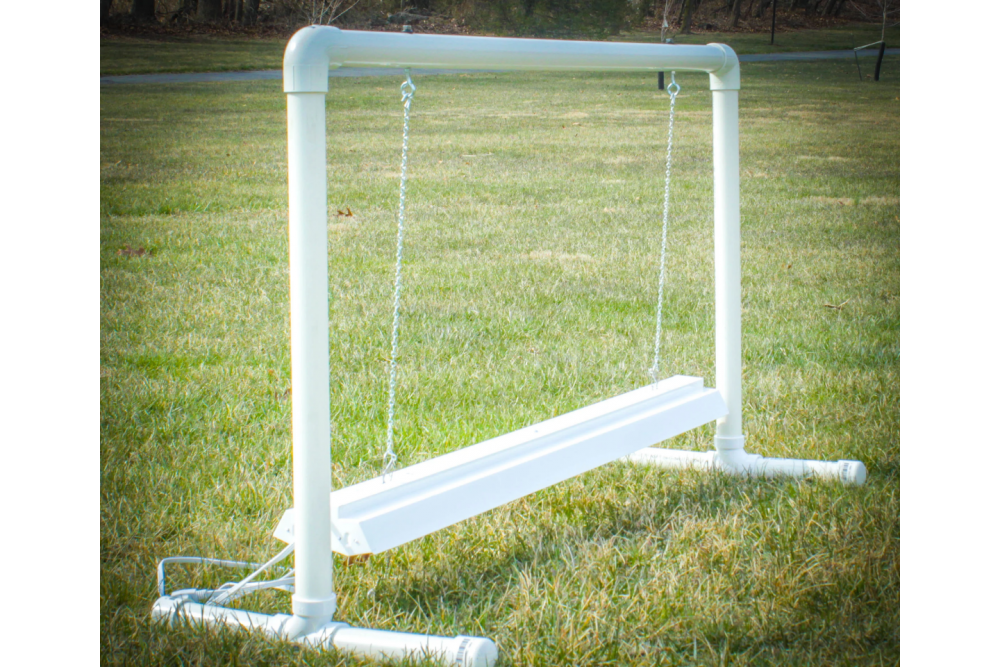
In this standards-aligned, 5-E lesson, students will learn about artificial lighting and its use in agricultural production, they will use engineering design principles and mathematics to design a model using plastic straws and tape and build a grow light stand out of PVC piping and connectors.
DetailsStudent Learning Targets
- Students will use engineering design principles and mathematics to design a model using plastic straws and tape.
- Students will build a grow light stand out of PVC piping and connectors.
Estimated Time
120 minutes (2 class periods)
DescriptionKey STEM Ideas
Math and engineering can be applied to solve real-world problems outside of the classroom setting. Students will learn about steps taken in the engineering process to produce a usable product. Building a model is an important step which requires students to take measurements and make calculations to build a successful scale model. Scale model measurements and calculations can be applied to the life-size product.
Students' Prior Knowledge
Students will need a basic knowledge of percentages and how to find a percentage of fixed number.
Connections to Agriculture
According to “A Historical Background of Plant Lighting: An Introduction to the Workshop,” Raymond Wheeler states, “Electric lamps have been used to grow plans for nearly 150 years.” This dates back to the origin of the light bulb. With the production of the light bulb, humans were not only brought out of the dark, but also provided with a tool to move farming into other realms. With artificial lighting, plants could be grown during times of the year with usually short photoperiods and photosynthesis was no longer limited to daylight hours. This greatly expanded the growing seasons of various vegetables.
Growing plants under lights also gives growers the ability to control the growing conditions. Growers are able to regulate the type, intensity, and duration of the light for whatever plant they are trying to grow. In a classroom setting using grow lights will help control variables or establish a control that your students might come in contact within their experiments.
Curriculum ConnectionsNext Generation Science Standards
- MS-ETA1-1. Define the criteria and constraints of a design problem with sufficient precision to ensure a successful solution, taking into account relevant scientific principles and potential impacts on people and the natural environment that may limit possible solutions
Common Core Standards
- CCSS.Math.Content.6.RP.A.3.c Find a percent of a quantity as a rate per 100 (e.g., 30% of a quantity means 30/100 times the quantity); solve problems involving finding the whole, given a part and the percent.
- Student Resources (Word Doc) (796.62 KB)
- Student Resources (PDF) (531.43 KB)
- Teacher Resources (Word Doc) (811.32 KB)
- Teacher Resources (PDF) (593.93 KB)